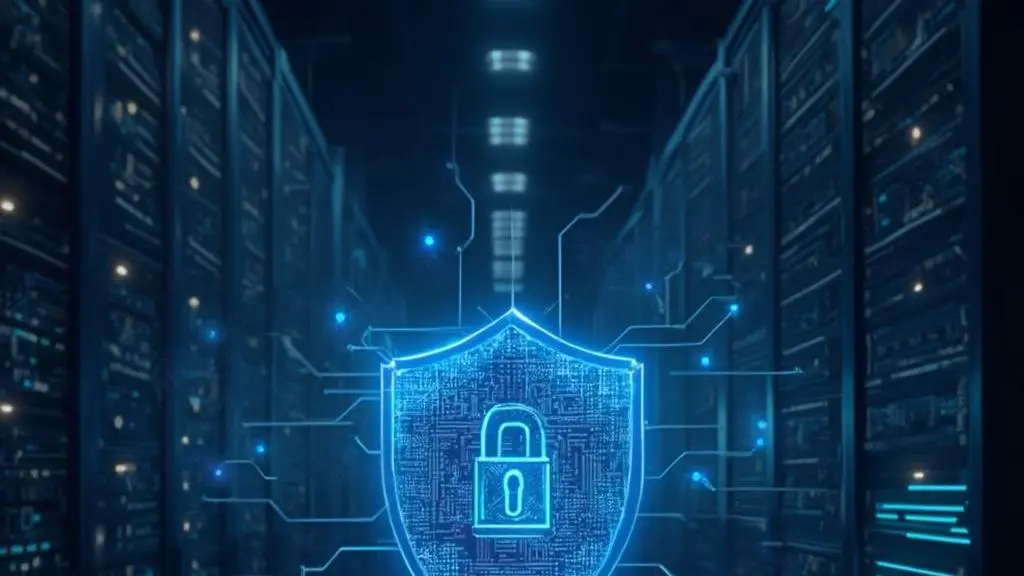Cyber security is a critical aspect of modern digital life. As businesses and individuals increasingly rely on digital platforms, the need for robust security measures has never been more pressing. This exploration delves into the core concepts of cyber security, the evolving threat landscape, and the essential strategies to safeguard digital assets.
Core Concepts of Cyber Security
Cyber security encompasses a broad range of technologies and practices designed to protect networks, computers, and data from unauthorized access, damage, or attack. This includes confidentiality, integrity, and availability of information.
Confidentiality ensures that data is accessed only by authorized individuals. Integrity guarantees that data remains accurate and trustworthy. Availability ensures that authorized users have reliable access to information and resources when needed.
Understanding these core concepts is the first step in building a robust cyber security strategy. Our managed cloud services ensure that your data remains confidential, integral, and available at all times.
Beyond these foundational principles, cyber security involves several key practices:
- Authentication: Verifying the identity of users, processes, or devices. This can be achieved through methods like passwords, biometrics, or tokens.
- Access Control: Restricting access to resources based on user roles and permissions. This ensures that only authorized individuals can access sensitive information. For more on this, refer to infrastructure security strategies.
- Encryption: Converting data into a code to prevent unauthorized access. Encryption is crucial for protecting data both at rest and in transit.
- Incident Response: Preparing for and responding to security breaches. This includes detection, containment, eradication, and recovery processes.
- Non-repudiation: Ensuring that a sent message or performed action cannot later be denied by the sender or the actor. This is crucial for legal and auditing purposes.
These practices are essential for maintaining a secure environment. As we will discuss in the next chapter, the cyber threat landscape is constantly evolving, requiring continuous adaptation and vigilance.
Evolving Threat Landscape
The cyber threat landscape is constantly evolving, with new threats emerging regularly. These threats include malware, phishing, ransomware, and DDoS attacks.
Malware refers to malicious software designed to disrupt, damage, or gain unauthorized access to a computer system. Phishing involves fraudulent attempts to obtain sensitive information. Ransomware encrypts a victim’s files and demands payment to restore access. DDoS attacks overwhelm a network with traffic to disrupt services. Each of these threats can significantly compromise the confidentiality, integrity, and availability of information.
One notable example of a cyber threat is the Abyss Locker ransomware, which encrypts files and demands ransom for decryption keys. Such attacks highlight the importance of robust vulnerability assessments.
Staying ahead of these threats requires continuous monitoring and updating of security measures. Our vulnerability assessment and digital security audit services help identify and mitigate potential risks. Regular assessments are crucial for understanding and addressing new vulnerabilities as they arise.
Essential Strategies for Protection
Implementing effective cyber security strategies involves a combination of technical controls, policies, and user education.
Technical controls are the first line of defense. Firewalls filter incoming and outgoing network traffic based on predefined rules. Intrusion detection systems monitor network traffic for suspicious activities. Encryption ensures sensitive data remains secure even if intercepted. These controls are essential for protecting against threats like ransomware and DDoS attacks.
Policies establish guidelines for secure behavior and incident response. They define acceptable use of technology, data handling procedures, and response protocols for security breaches. Policies ensure consistency and accountability across the organization. They are crucial for mitigating risks associated with vulnerability exploitation.
User education ensures that individuals understand their role in maintaining security. Training programs should cover recognizing phishing attempts, using strong passwords, and reporting suspicious activities. Regular training sessions and awareness campaigns are essential for keeping users informed about the latest threats.
Additionally, regular vulnerability assessments and security audits are crucial. These processes identify weaknesses in the system and ensure compliance with security standards. Comprehensive assessments and audits help in proactive risk management, aligning with best practices in cyber security.
Benefits of Managed Cloud Services
Managed cloud services offer a cost-effective solution for enhancing cyber security. By leveraging cloud infrastructure, businesses can benefit from scalability, redundancy, and advanced security features.
Cloud providers often have more robust security measures than individual organizations can implement on their own. This includes advanced threat detection, regular updates, and backup solutions. For instance, vulnerability assessment is a key component of these services, ensuring that potential threats are identified and mitigated promptly. For more insights, refer to our guide on vulnerability assessment.
These services also offer compliance with industry standards and regulations, which is crucial for businesses handling sensitive data. Additionally, cloud providers invest heavily in security research and development, ensuring that their platforms are resilient against evolving threats. This proactive approach to security includes continuous monitoring, automated patches, and extensive disaster recovery plans.
Final words
Cyber security is not just a necessity but a strategic investment in the digital age. By understanding the core concepts, staying aware of the evolving threat landscape, and implementing essential strategies, organizations can significantly enhance their digital protection. Our comprehensive suite of services, including vulnerability assessments, digital security audits, and managed cloud services, offers a robust solution at a low price. Take the first step towards securing your digital future today.












Leave a Reply